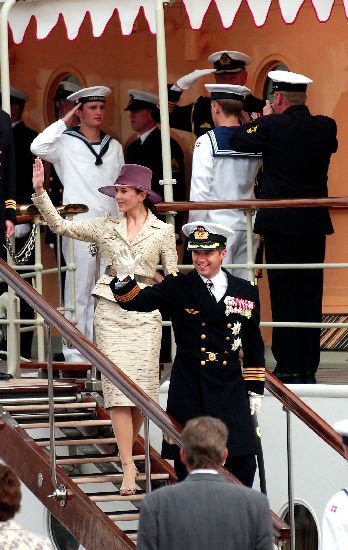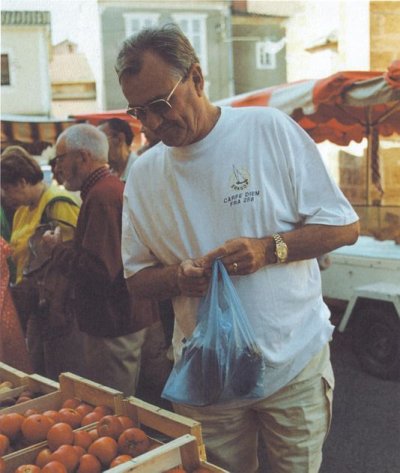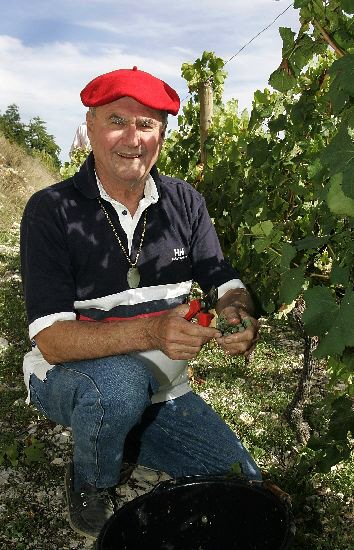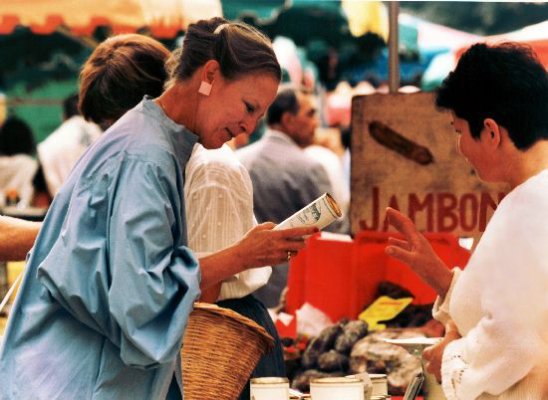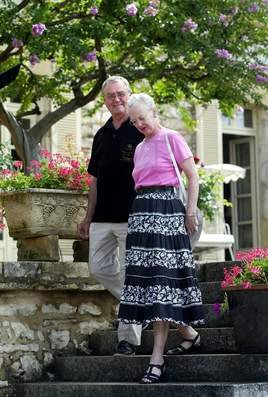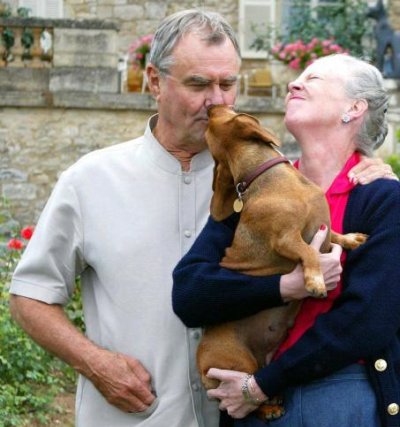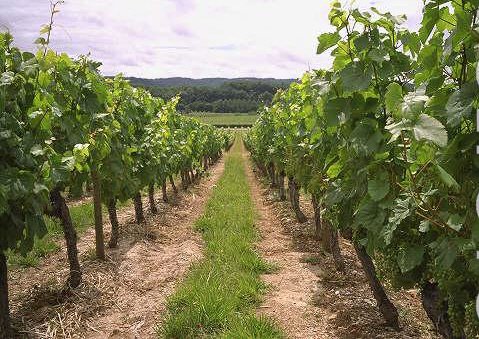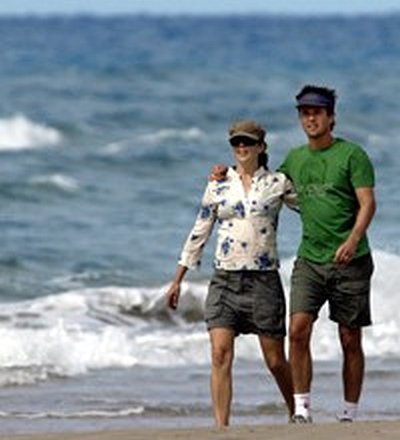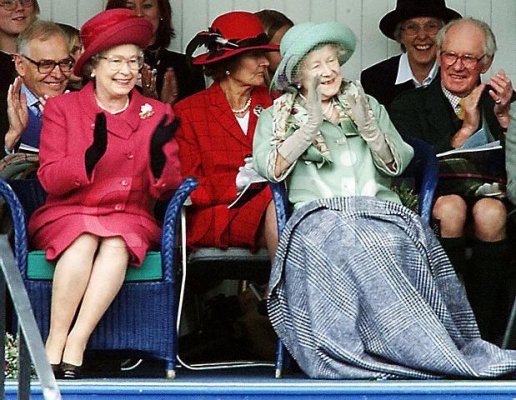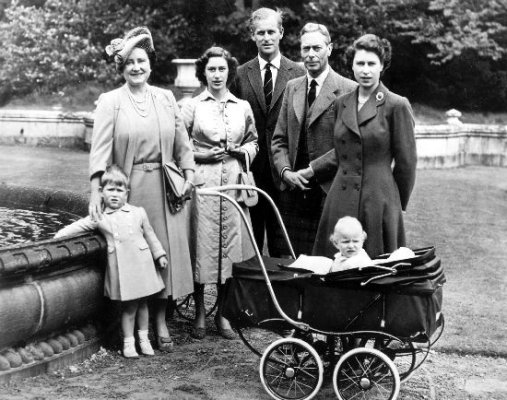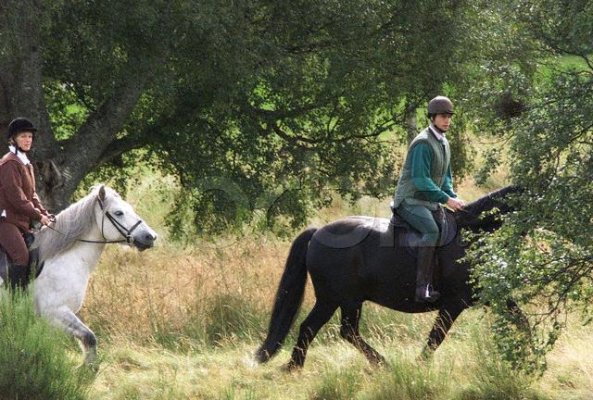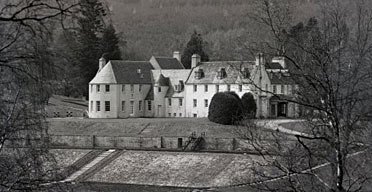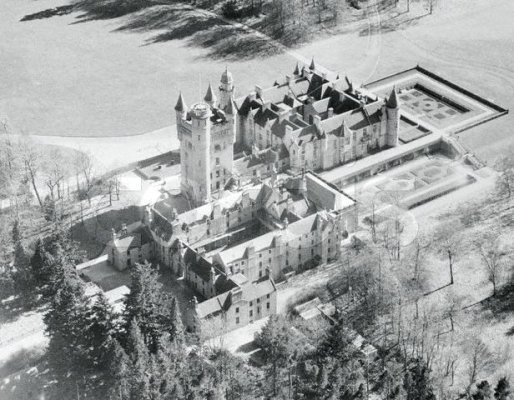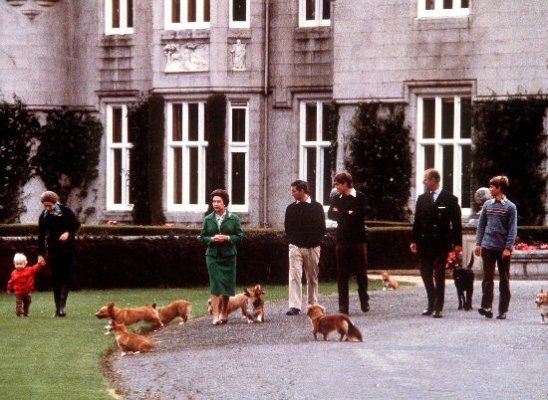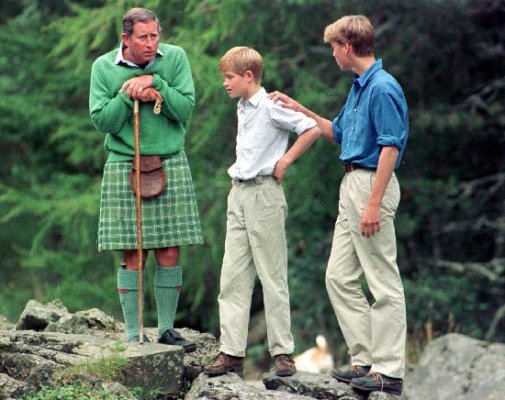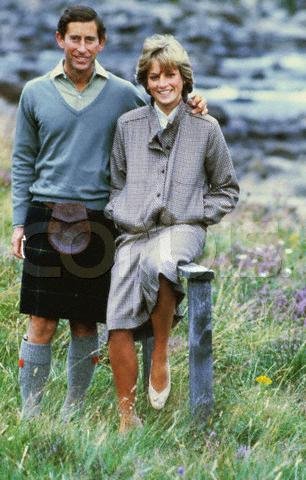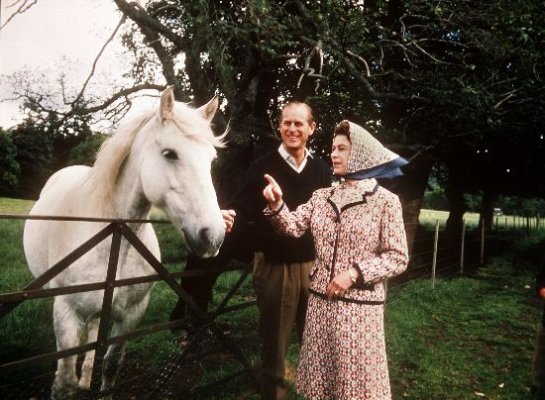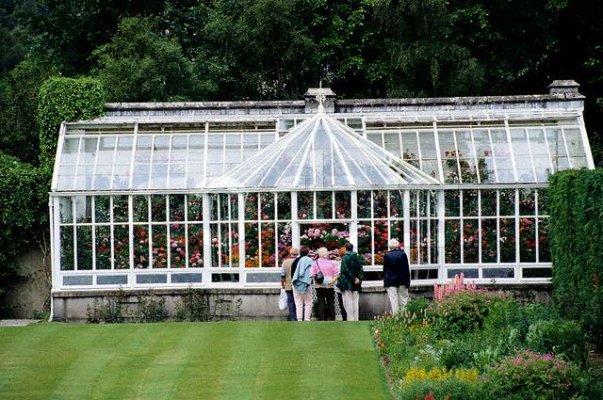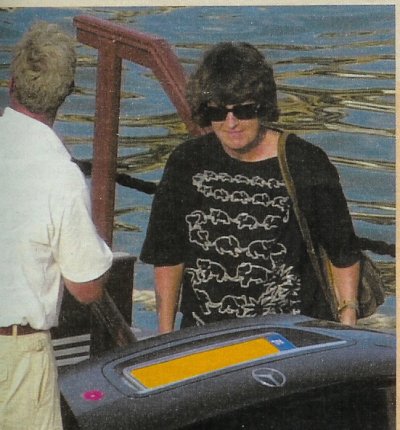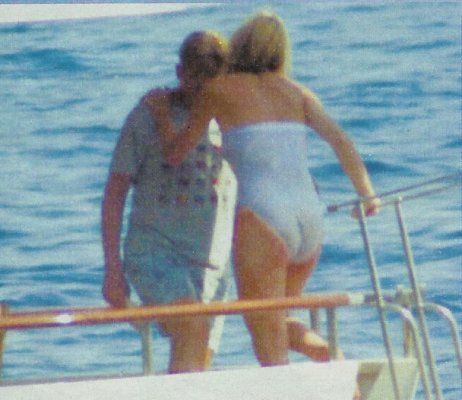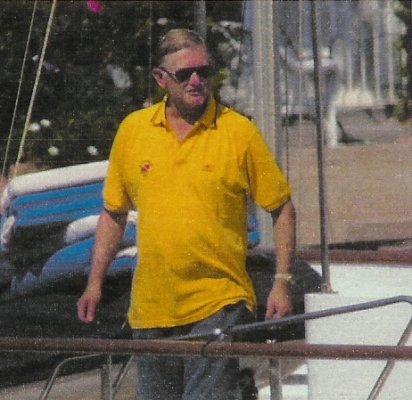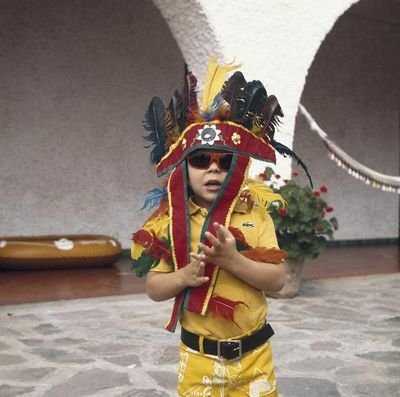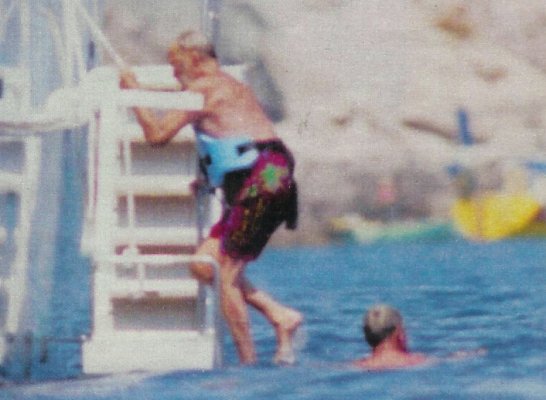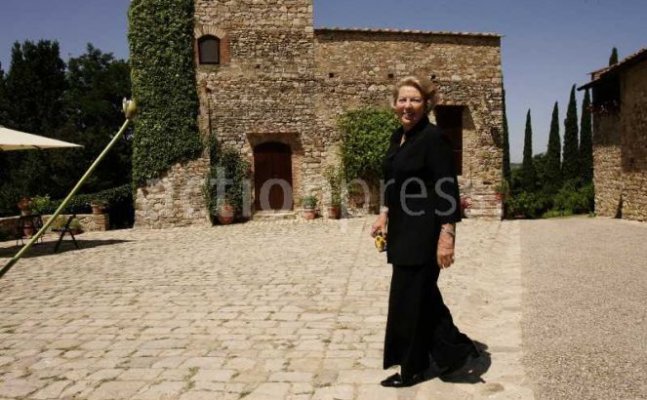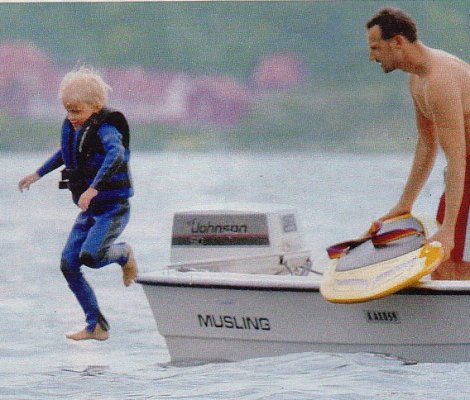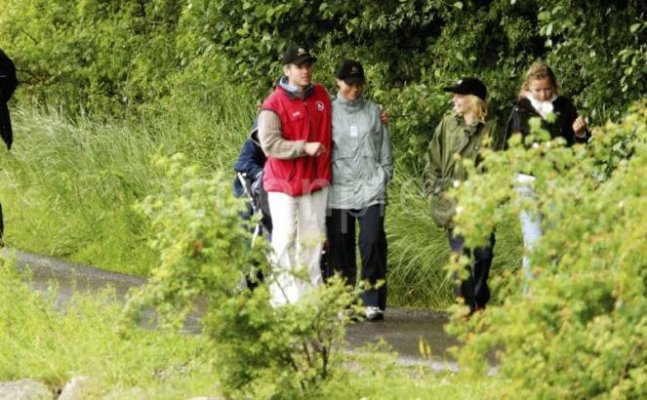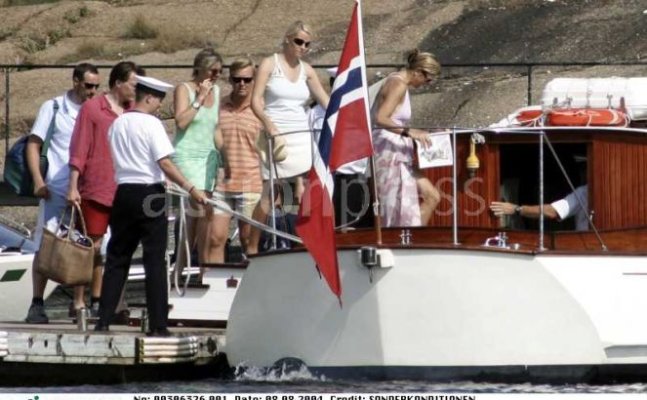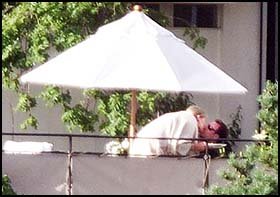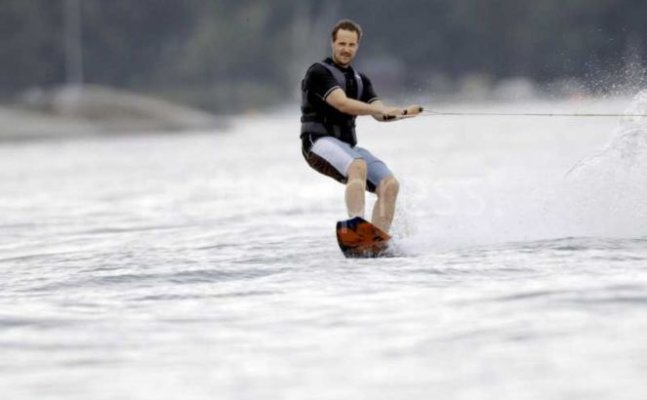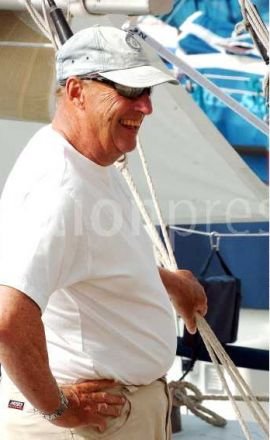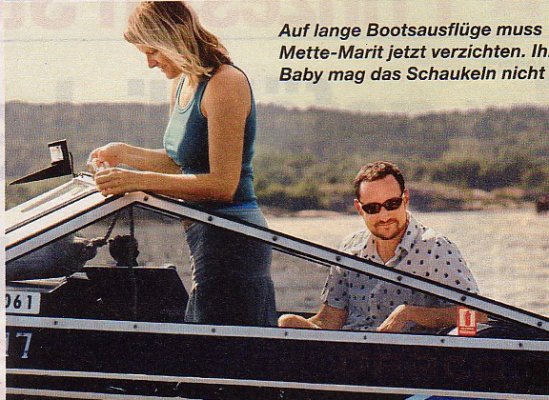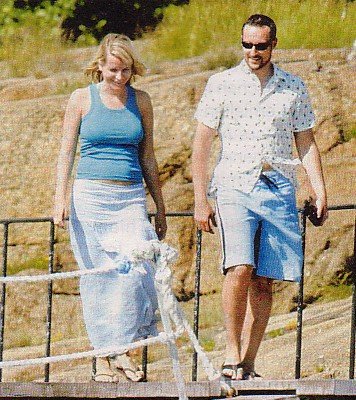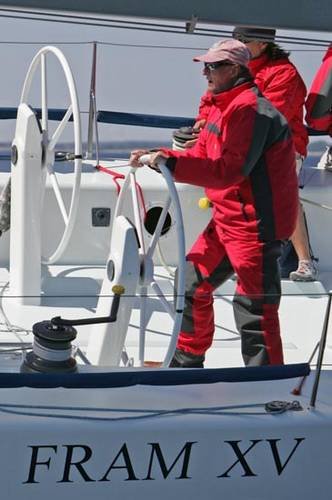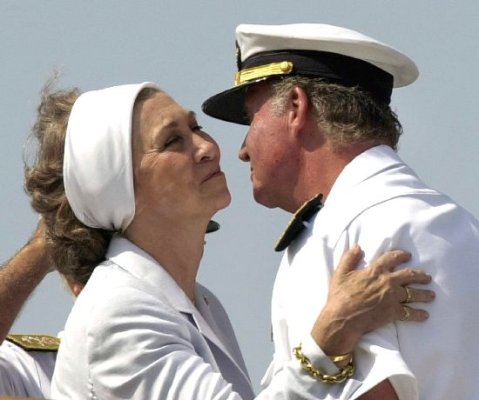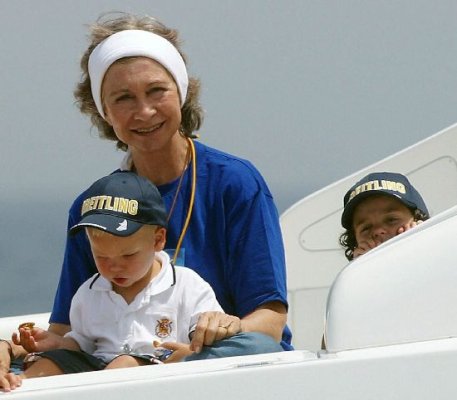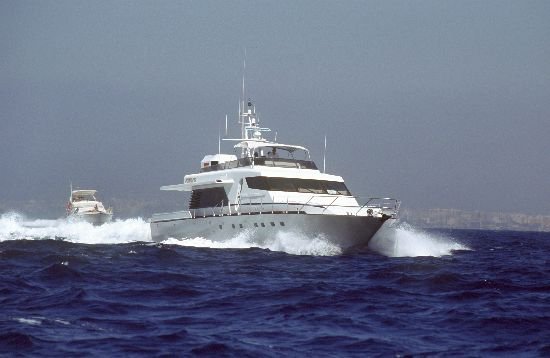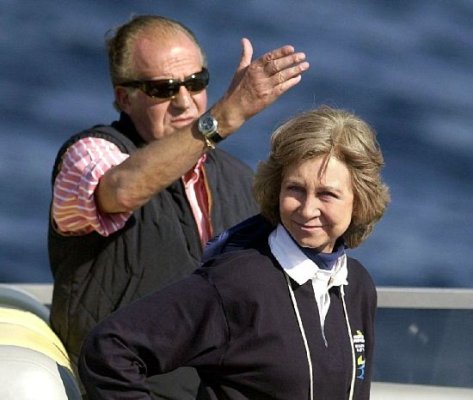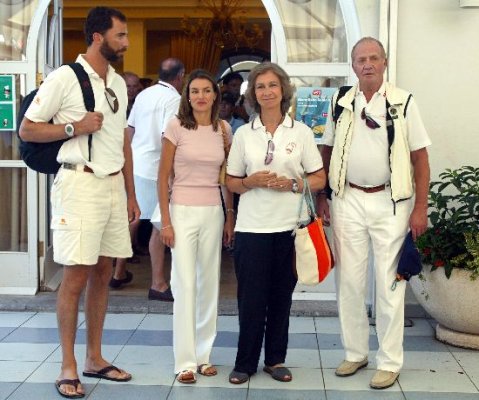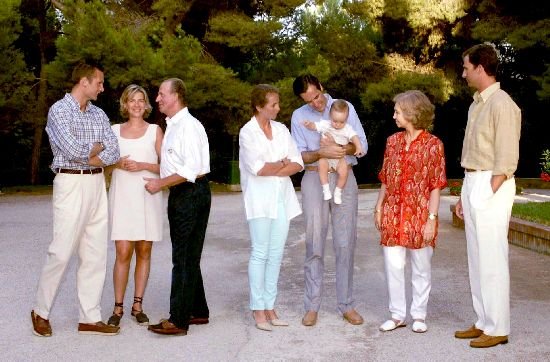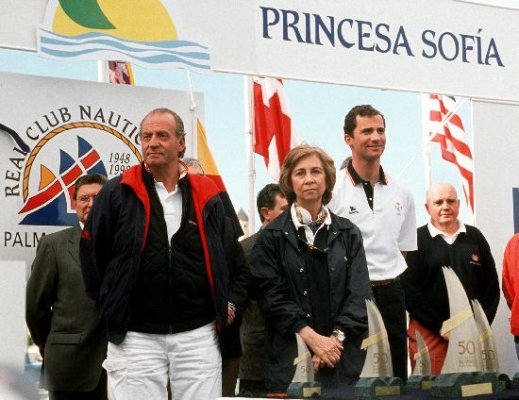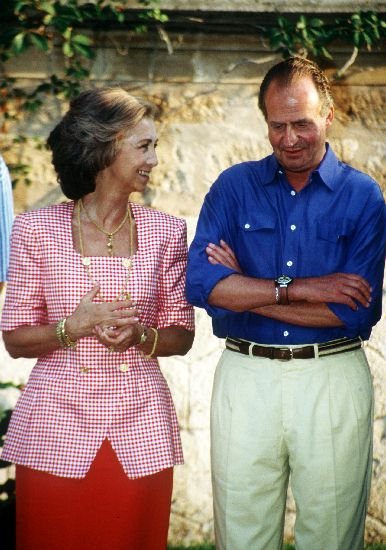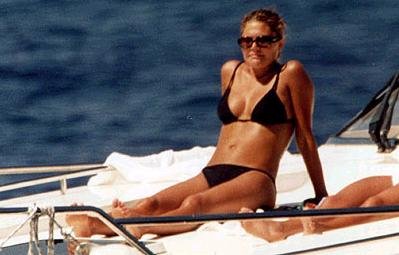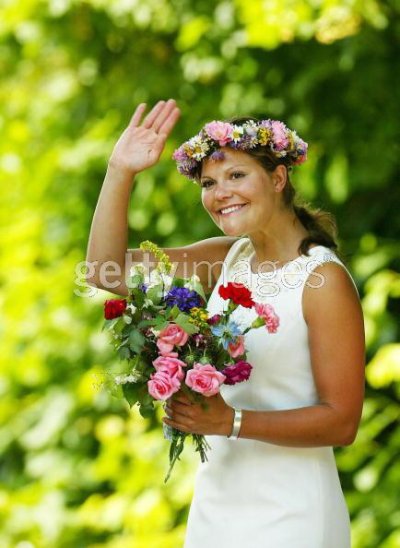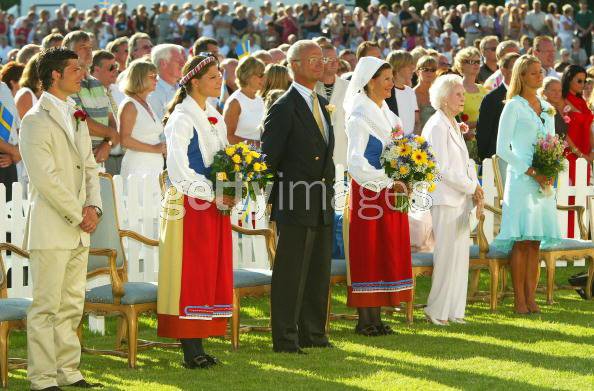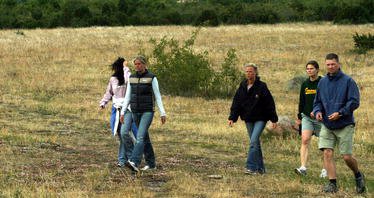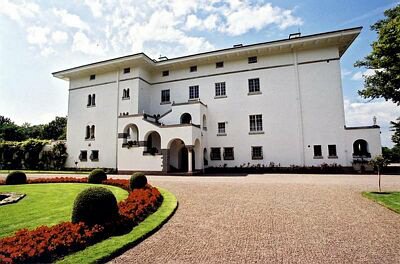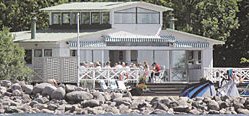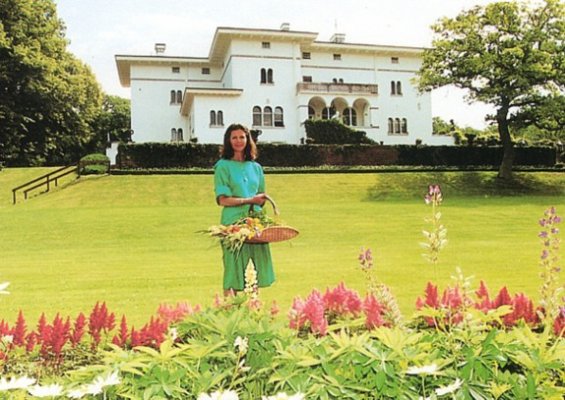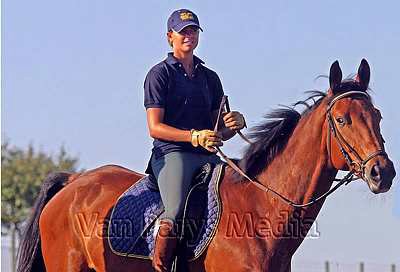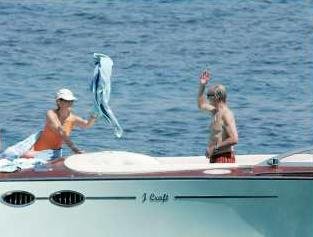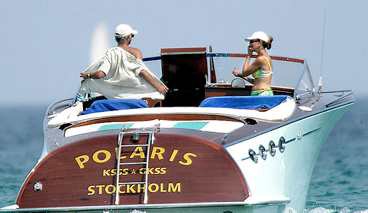GrandDuchess
Heir Apparent
- Joined
- Mar 28, 2004
- Messages
- 3,403
- City
- Somwhere
- Country
- Sweden
THE ROYAL FORUMS NEWSLETTER – JULY/AUGUST 2005 * Volume 7/Issue 2
Welcome to the Summer 2005 edition of The Royal Forums’ newsletter.
For our members who live north of the equator, summer is finally here after a long, cold and harsh winter. For our members who live south of the equator, the cooler days of winter have descended after a hot, sticky summer. Wherever you live, no matter what season it is, a holiday is always welcome.
When the temperature rises, so does everyone’s spirits. The sun shines brightly and everyone loosens up and thoughts of rest and relaxation quickly kick in. For royals, it’s an opportunity to loosen up on the formalities and protocol of the royal court, to put those heavy, beaded evening gowns and stiff tuxes in the closet for another night and those bejeweled tiaras back in the jewellery box. Out come the shorts, the flowery skirts and dresses, the sandals and even the sun visors. Take a ride in a convertible with the top down, dive into the clear blue water or go for a boat ride. When it comes to royal holidays, like everything else they do the rest of the year, summer vacations are done in high style and ultimate luxury.
You can decide where you want to go, whether it’s so the summer residences of our favourite royals such as to Graasten with the Danish and Greek royals, to Solliden with the Swedish royals, to Marivent with the Spanish royals, or to Balmoral with the British royals. Or, if you want to get out of the country, head to Rocca dei Dragoni in Italy with the Dutch royals, to Sainte Maxime with the Swedish royals, to Cabasson on the Côte d'Azur in France with the Luxembourg royals or to the Château de Caïx with the Danish royals. Or sail away on the Pacha III (to Croatia perhaps) with Prince Ernst August and Princess Caroline and their family.
So pack your (virtual) bags, put on some sunblock and go on holiday the royal way. And don’t forget to write home to tell your friends and family about the fabulous time you’re having!
We hope everybody has a happy and safe holiday season!
/The Royal Forums Team
A Note: This edition of the newsletter has been spearheaded with great effort by Lena and GrandDuchess as well as with the numerous contributions by the other TRF Team Members. While I write this introduction, I have contributed little else to this newsletter. If you’ve enjoyed this newsletter, please send your praises to the other TRF Team members as they’ve all put in a lot of time and effort into it.
PS. If there is a royal person or residence, or a special piece of jewellery you would like to see covered in a future issue of our newsletter, please let us know here. Our member comments and suggestions are always welcome.
FORUM NOTES
The TRF Team is very pleased to welcome the addition of GrandDuchess to our moderating team. She has always made numerous contributions to the Swedish forum (as well as the rest of the forum) and we know that she will continue to do so as a SuperModerator.
Please also note our new Policy on Copyrighted Material. Please remember to credit sources properly as everyone deserves credit for writing an article or taking a picture, or even for finding pictures and posting them, even if it’s from another forum.
Also, please note our Policy on Attachments to Non-Royal Threads & Areas of the Forums.
I know that there have been a lot of new rules and adjustments lately at the forum, and we do not mean to spoil the fun, but we are trying to ensure that everything runs smoothly and legally around here.

Welcome to the Summer 2005 edition of The Royal Forums’ newsletter.
For our members who live north of the equator, summer is finally here after a long, cold and harsh winter. For our members who live south of the equator, the cooler days of winter have descended after a hot, sticky summer. Wherever you live, no matter what season it is, a holiday is always welcome.
When the temperature rises, so does everyone’s spirits. The sun shines brightly and everyone loosens up and thoughts of rest and relaxation quickly kick in. For royals, it’s an opportunity to loosen up on the formalities and protocol of the royal court, to put those heavy, beaded evening gowns and stiff tuxes in the closet for another night and those bejeweled tiaras back in the jewellery box. Out come the shorts, the flowery skirts and dresses, the sandals and even the sun visors. Take a ride in a convertible with the top down, dive into the clear blue water or go for a boat ride. When it comes to royal holidays, like everything else they do the rest of the year, summer vacations are done in high style and ultimate luxury.
You can decide where you want to go, whether it’s so the summer residences of our favourite royals such as to Graasten with the Danish and Greek royals, to Solliden with the Swedish royals, to Marivent with the Spanish royals, or to Balmoral with the British royals. Or, if you want to get out of the country, head to Rocca dei Dragoni in Italy with the Dutch royals, to Sainte Maxime with the Swedish royals, to Cabasson on the Côte d'Azur in France with the Luxembourg royals or to the Château de Caïx with the Danish royals. Or sail away on the Pacha III (to Croatia perhaps) with Prince Ernst August and Princess Caroline and their family.
So pack your (virtual) bags, put on some sunblock and go on holiday the royal way. And don’t forget to write home to tell your friends and family about the fabulous time you’re having!
We hope everybody has a happy and safe holiday season!
/The Royal Forums Team
A Note: This edition of the newsletter has been spearheaded with great effort by Lena and GrandDuchess as well as with the numerous contributions by the other TRF Team Members. While I write this introduction, I have contributed little else to this newsletter. If you’ve enjoyed this newsletter, please send your praises to the other TRF Team members as they’ve all put in a lot of time and effort into it.
PS. If there is a royal person or residence, or a special piece of jewellery you would like to see covered in a future issue of our newsletter, please let us know here. Our member comments and suggestions are always welcome.
FORUM NOTES
The TRF Team is very pleased to welcome the addition of GrandDuchess to our moderating team. She has always made numerous contributions to the Swedish forum (as well as the rest of the forum) and we know that she will continue to do so as a SuperModerator.
Please also note our new Policy on Copyrighted Material. Please remember to credit sources properly as everyone deserves credit for writing an article or taking a picture, or even for finding pictures and posting them, even if it’s from another forum.
Also, please note our Policy on Attachments to Non-Royal Threads & Areas of the Forums.
I know that there have been a lot of new rules and adjustments lately at the forum, and we do not mean to spoil the fun, but we are trying to ensure that everything runs smoothly and legally around here.

Last edited:














